One of the most common skin concerns we hear about daily is crepey skin. How can we fix it? What causes it? What products are actually worth your time and money? Today, we’re talking all about crepey skin.
Disclaimer: In the name of full transparency, please note that this post contains affiliate links and any purchase made through such links will result in a small commission for us.
What is Crepey Skin?
If you have not heard the term “crepey skin” before, although we’re guessing you have since you clicked on this blog post, it essentially refers to skin that resembles crepe paper, like those little streamers that hung from your high school gym ceiling during prom. Crepey skin tends to be quite thin, wrinkled, dehydrated, and dull. It’s something many people experience as they get older.
Common places to see crepey skin are the backs of the hands, neck, upper arms (right above the elbows), the thighs, specifically right above the knees, and the abdomen. Ultimately, crepey skin is a sign of aging, and it can be caused by intrinsic factors like genetics, hormones, and metabolic state, as well as extrinsic factors like pollution and UV radiation.
The Causes of Crepey Skin
Classic crepey skin results from a loss of molecules that provide the skin with structure and integrity, such as collagen, elastin, and hyaluronic acid, which helps keep the skin hydrated. As we age, we naturally break down collagen and elastin faster than we can build it back up. Certain external influences can expedite that process. For example, ultraviolet radiation (sunlight) is the number one cause of premature skin aging and can certainly make crepey skin much much worse or cause it to develop in the first place. Smoking is another factor that can damage collagen and elastin, leading to crepey skin.
Another common cause of creepy skin, rapid weight changes, such as rapid weight loss or gain (whether from muscle mass changes or pregnancy), can also cause the skin to become distended and crepey. Additionally, hormonal changes around menopause, particularly the decline in estrogen, can make the skin more crepey. This is why many people dealing with crepey skin are women who are either perimenopausal or post-menopausal. They not only face hormonal changes but also accumulated sun damage and other life changes contributing to crepey skin. Both men and women can experience crepey skin, but we find that women, especially around menopause, are more commonly concerned with it due to the sharp decline in estrogen, which compounds the issue.
Why Crepey Skin Matters
Crepey skin is not just an aesthetic problem. Yes, it’s thinner, more wrinkly, and dull, but it’s also more fragile, making you more prone to cuts and scrapes, which can interfere with your quality of life.
Treatments for Crepey Skin
Let’s talk about what we can do to improve crepey skin.
1. Sun Protection
First and foremost, if you have crepey skin, you need to protect your skin from the sun. An ounce of prevention is worth a pound of cure. Avoid direct sunlight and wear sunscreen to prevent prematurely breaking down your collagen and elastin—those critical building blocks that keep your skin supple, plump, and smooth.
2. Hydration and Moisturization
Hydration and moisturization go a really long way. People often get invested in active ingredients, which we will discuss, but basic moisturization twice a day can significantly improve the texture and appearance of crepey skin. It plumps and smooths the skin, which is incredibly valuable.
One of our favorite moisturizers for crepey skin is the Urea Moisturizing Milk from our brand, Prequel. It’s formulated with 10% urea, a humectant that draws water to the skin’s surface, making it supple and smooth. It also provides a light exfoliating effect, giving the skin a more luminous and glowy appearance—perfect for those struggling with crepey skin.
3. Retinoids
Now, let’s move on to ingredients and products that will genuinely improve your skin’s integrity, help build new collagen, and make your skin thicker, plumper, and less crepey. The number one ingredient category here is retinoids. Retinoids are vitamin A-derived molecules that not only stimulate collagen production but also slow down collagen breakdown. They’re an anti-aging holy grail. Today, we have body care products incorporating retinoids, allowing us to use them from head to toe, not just on our face.
One such product is the Body Retinol by Nécessaire. It contains 0.1% pure retinol and 10% alpha hydroxy acids (AHAs), a dual action product that both stimulates collagen and exfoliates the skin, making it more glowy. AHAs, like glycolic acid and lactic acid, also stimulate collagen production, making this a two-for-one product. The serum texture makes it easy to apply to large body areas, and you can layer a moisturizer on top for extra nourishment.
4. Alpha Hydroxy Acids (AHAs)
AHAs alone can stimulate collagen and reduce crepey skin. Two products we recommend are the Glytone Exfoliating Body Lotion, known for its strong glycolic acid content, and the AmLactin Daily Lotion, which contains 12% lactic acid—a gentler AHA.
5. Biostimulatory Injectables and In-Office Procedures
In the office, we focus on stimulating collagen production through controlled trauma or injury to the skin. Treatments like microneedling, radiofrequency microneedling, Thermage, Ultherapy, and fractionated laser (like Fraxel) can all be beneficial. You can also inject biostimulatory injectables, such as Sculptra or Radiesse, to stimulate collagen. Combining these injectables with procedures can yield even better results.
6. Plastic Surgery
For those with large areas of excess crepey skin, such as the lower abdomen post-pregnancy or upper arms, plastic surgery may be an option to remove that skin entirely.
7. Hormone Supplementation
Hormone supplementation, particularly during perimenopause, is another consideration. This is a topic coming into favor as it helps with not only skin integrity but also overall health.
8. Diet and Lifestyle
Diet and lifestyle changes are also essential. Getting enough sleep, reducing stress, and quitting smoking can improve your skin’s integrity. Recent studies show that weightlifting helps with saggy skin, and a diet rich in colorful vegetables, legumes, and certain oils can protect against sun damage—one of the main causes of crepey skin.
9. Oral Collagen
Lastly, we want to give a shout-out to oral collagen. While we were initially skeptical, recent data shows that oral collagen can help with skin wrinkling and hydration. We’ll dive deeper into this in a future blog post.
Thank you so much for reading. See you next time!
Disclaimer: In the name of full transparency, please note that this post contains affiliate links and any purchase made through such links will result in a small commission for us.

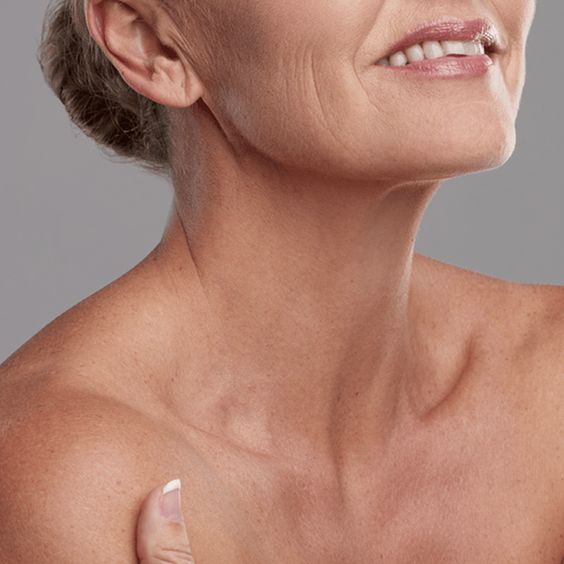

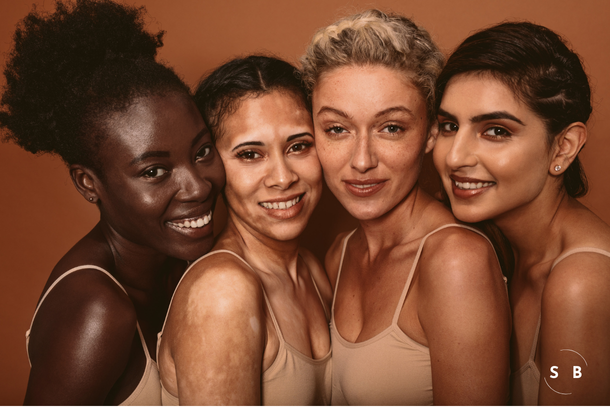
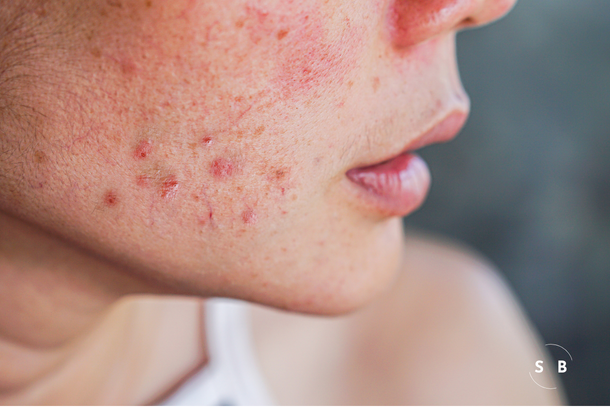
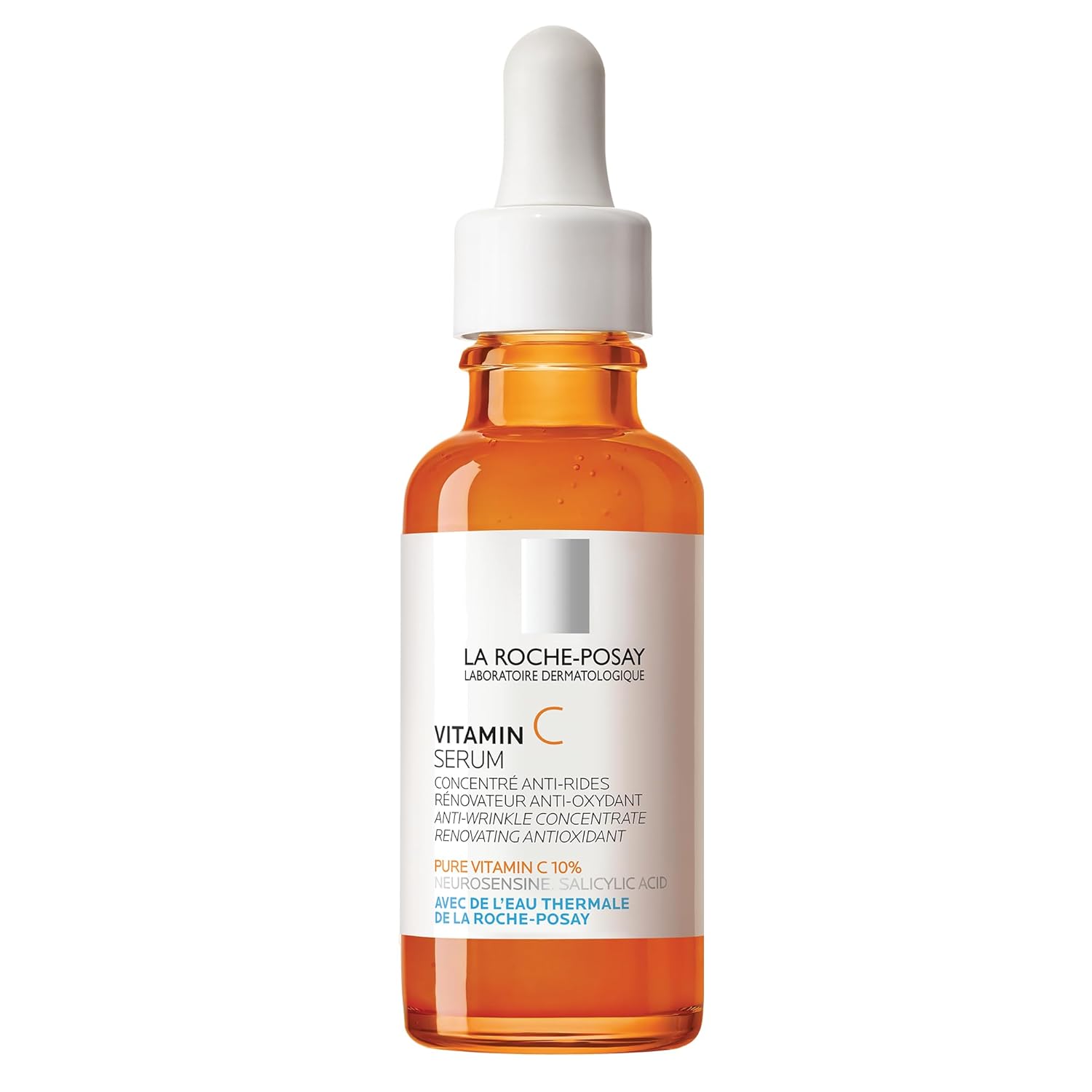
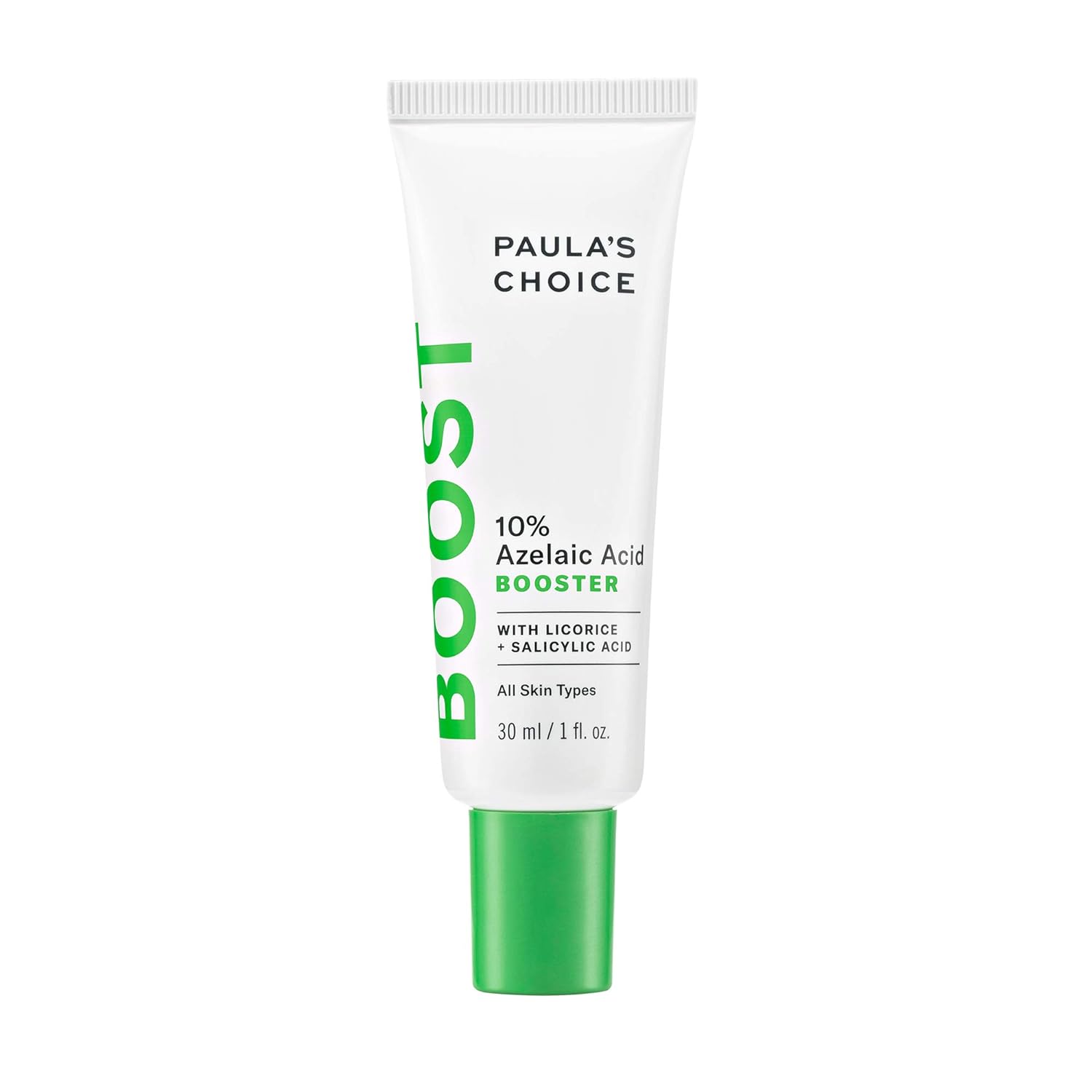
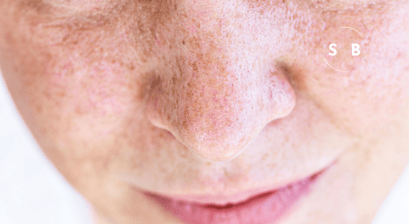
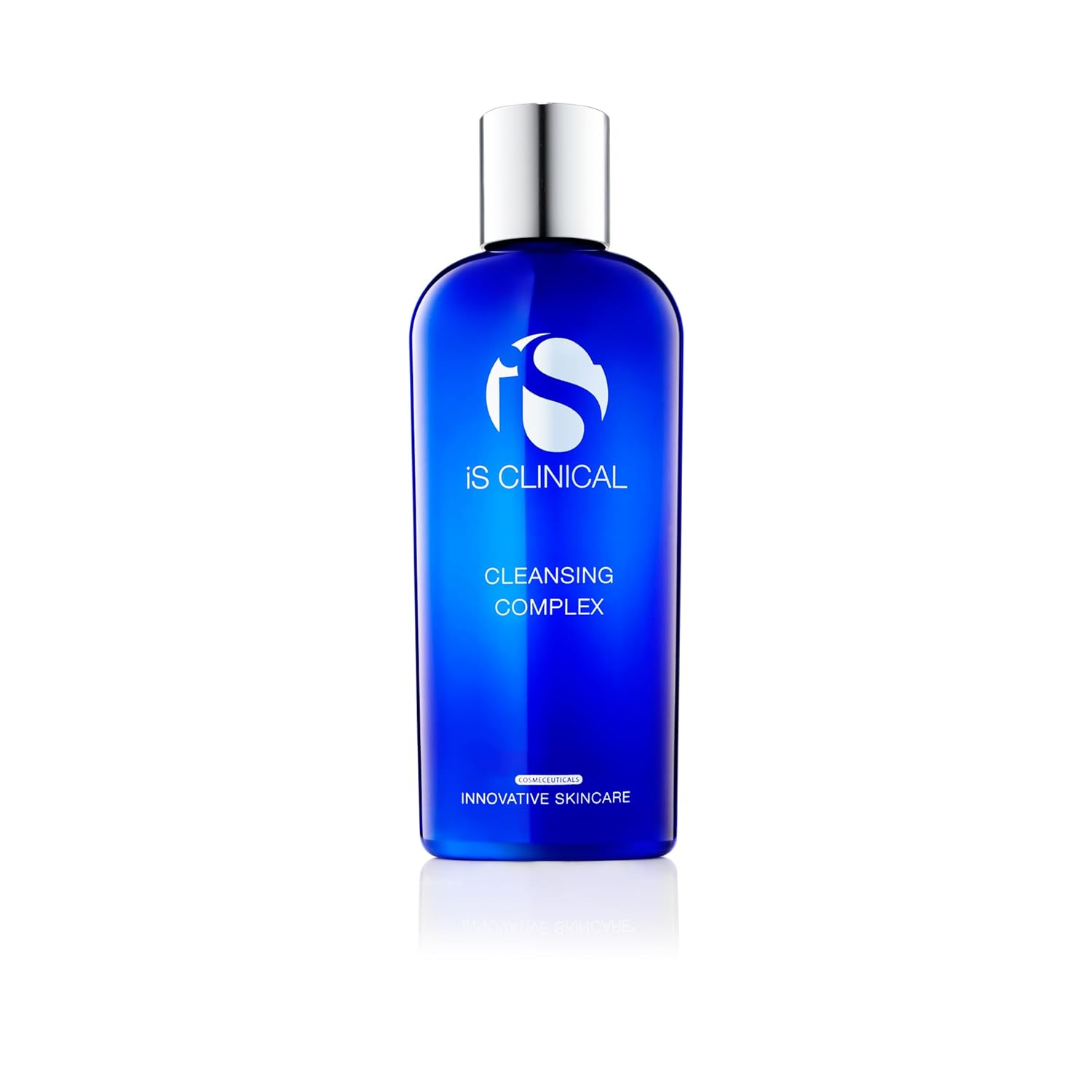
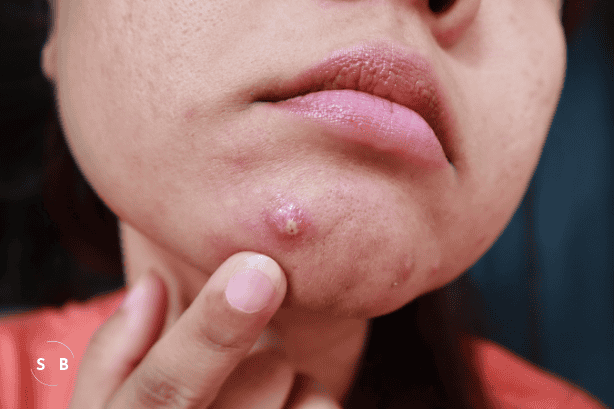
Leave a Reply